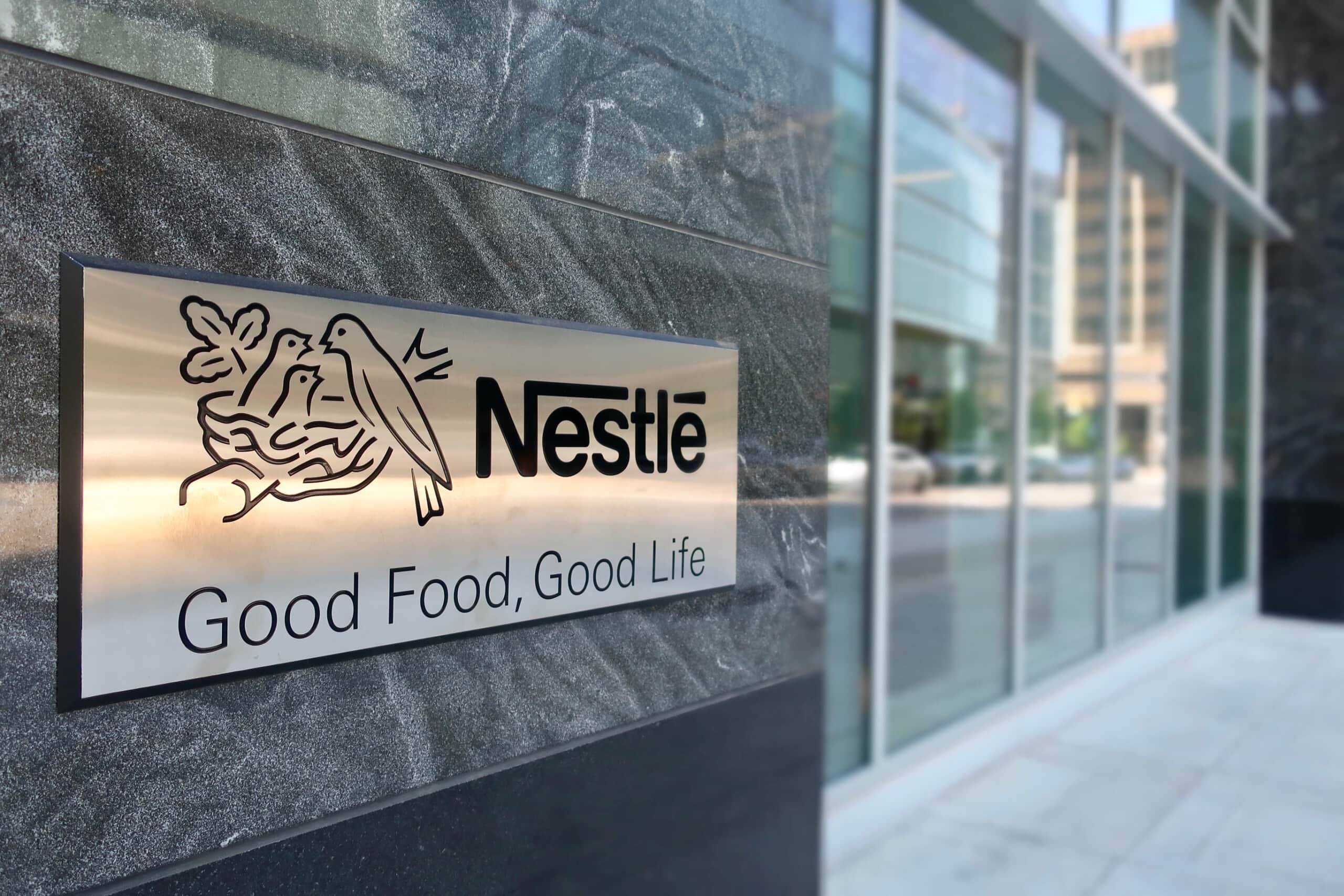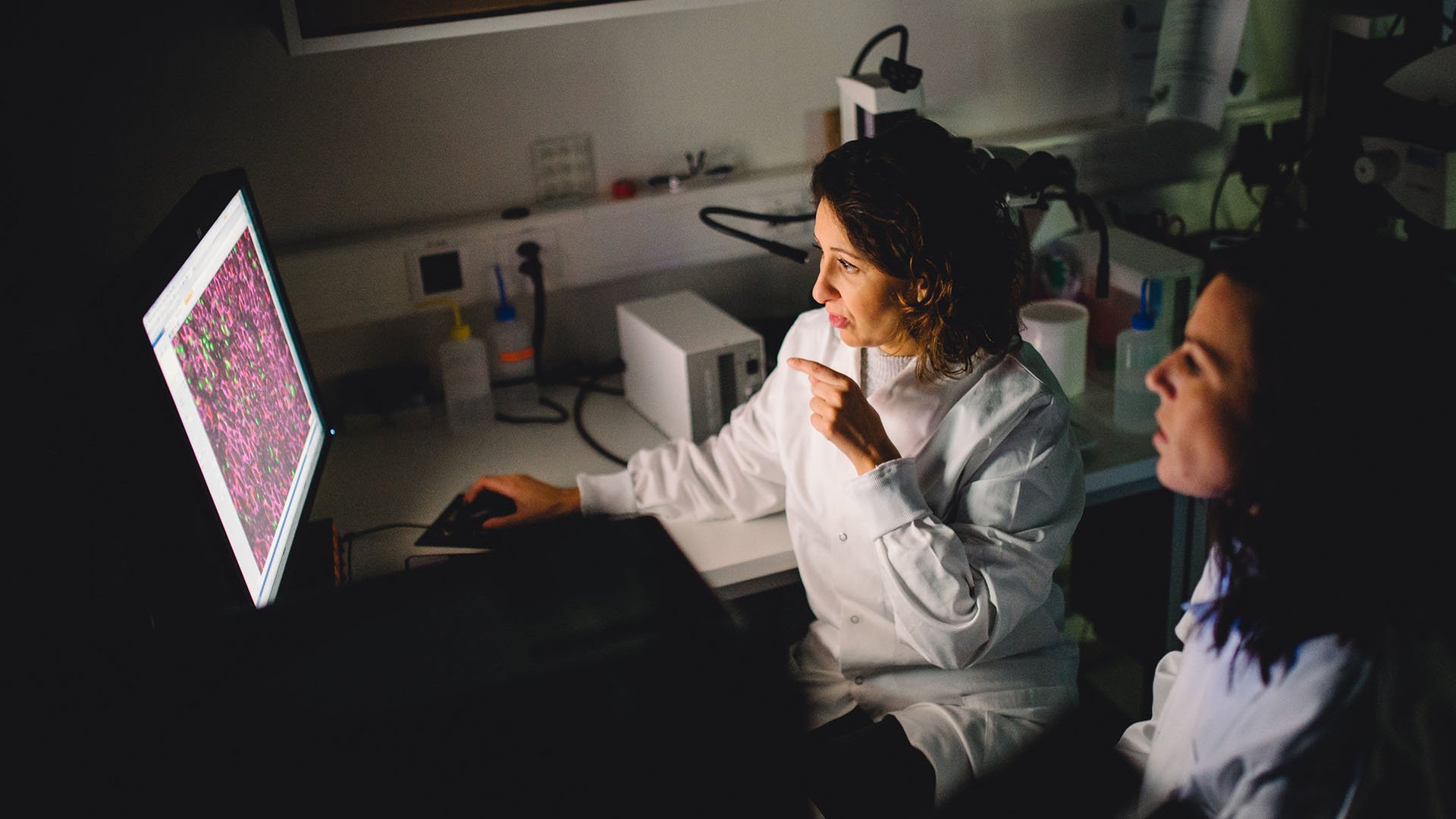Nestlé: Technology hub to meet current and future challenges
Nestlé, present in 186 countries and with more than 2,000 iconic brands, has a clear mission: to harness the power of food to enhance the quality of life for current and future generations.
The rapid pace of technological and business change makes the adoption of pioneering innovation a key factor for success. This is why, eight years ago, Nestlé established the Global IT Hub in the heart of Barcelona – a cutting-edge technology centre that leads the company’s digital transformation on a global scale.
With more than 700 experts from over 50 countries, the Hub brings together expertise in key areas such as artificial intelligence, connected devices, emerging technologies and digital finance. From this nerve centre, Nestlé drives technological innovation that supports its operations across all markets and brands, leveraging the most advanced tools available.
On this journey towards innovation, Plain Concepts has become a strategic technology partner, helping Nestlé explore new innovation scenarios and scale next-generation technological solutions globally.
Nestlé faces global challenges to transform its traditional processes into an innovative and transversal model for the entire organization and to turn technology into a strategic enabler.
In this scenario, Plain Concepts has positioned itself as an ally and facilitator of technological developments to help Nestlé in this digital transformation, and enabling technologies to solve those problems that matter to the company globally.
The challenges we faced ranged from applying AI and ML for internal security, to collaborating through a hybrid team on application modernization projects, to introducing generative AI in a secure way and creating real value.
Nestlé’s external teams faced numerous phishing attacks, for which an AI system had to be implemented to visually inspect URLs in real time to determine if they are fraudulent, as well as to address firewall attacks and prevent security breaches by monitoring users. On the other hand, the ML teams needed to have a platform that would provide a global reference when creating projects with MLOps that were scalable and accelerated in the process, always in line with internal policies.
Finally, the main challenge to solve was to create a new generative AI platform for employees that would transform their interaction with corporate documents and data in a secure, personalized and natural language interaction.



Nestlé Revolution Process
Leveraging the latest trends in AI, Machine Learning (ML), and Generative AI (GenAI), among other innovative technologies, solutions have been designed that directly impact the efficiency, quality, and agility of its operations globally.
This approach has led to significant improvements in several key areas:
1. Optimization of financial processes: Auditing internal financial transactions is now more efficient thanks to advanced AI algorithms that analyze data faster and more accurately.
2. Innovative content generation: With GenAI, automated food product images and recipe descriptions are created, facilitating both marketing and consumer experience.
3. Intelligent automation: From automatically extracting data in emails to manage orders and claims, to detecting anomalies in KPIs and automatically generating alarms for potential threats, processes have been automated that previously required hours of manual labor.
4. Responsible AI: Implementing ethical guidelines for the adoption of artificial intelligence ensures that the positive impact is accompanied by a safe and responsible approach.
Specific Results
- Charting better-defined paths in the adoption of new technologies.
- Accelerated deployment of ML models, as well as scalability and simple, and effective deployment.
- Increased efficiency and productivity due to the time saved with these applications.
- Easy knowledge sharing between departments and projects.
- Reduced the number of hours spent on manual processes.
- Improved customer experience.
- Early detection of attacks and minimization of human intervention and errors.
- Improved monitoring of data-driven IT infrastructure.
